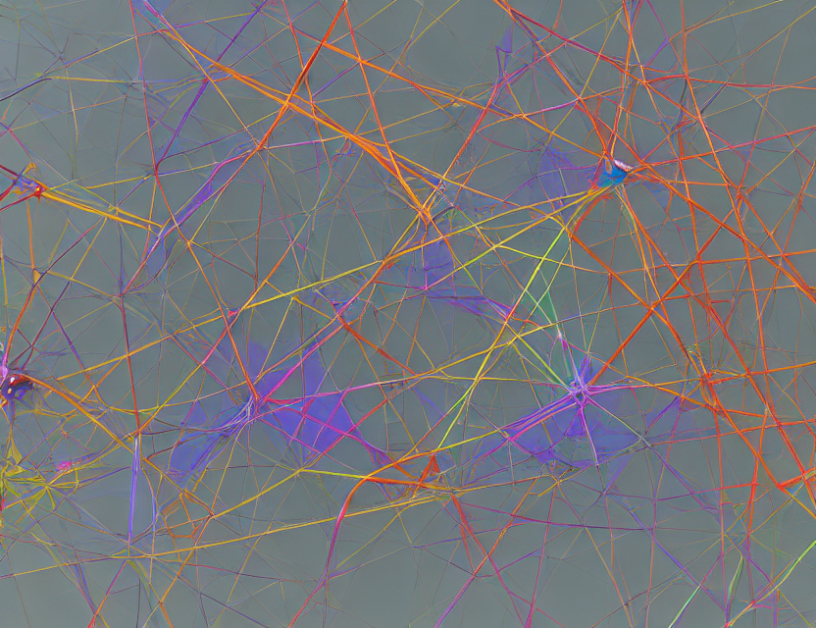In this article, we delve into the intricacies of the Hodge matrix belonging to the simplicial complex of a graph. The Hodge matrix is a crucial component in the delta set representation of graphs, which has significant implications for graph theory and computational complexity. To grasp these ideas, let’s begin with some essential concepts:
- Graphs: A graph is a collection of nodes or vertices connected by edges. We represent a graph using adjacency lists or matrices.
- Simplicial complexes: A simplicial complex is a mathematical structure composed of simplexes (groups of vertices connected by edges). We use the Hodge matrix to represent these complexes.
- Delta set representations: These are simplified versions of graphs, constructed using delta sets, which are subsets of the adjacency matrix. The Hodge matrix plays a central role in delta set representations.
- Hodge matrix: This matrix encodes information about the simplicial complex of a graph. Its size is directly proportional to the complexity of the graph, making it an essential tool for simplifying graph theory computations.
Now that we have established these concepts, let’s dive into the details of the article:
The Hodge matrix of S2 × S2 is a whopping 676 × 676 matrix, whereas the matrix belonging to the simplicial complex of the graph has a staggering 86980 × 86980 size. This reduction in complexity is remarkable and can lead to more efficient algorithms for graph theory tasks.
To begin with, we create delta set representations of graphs by selecting certain submatrices from the adjacency matrix. These selections result in a much smaller matrix, the Hodge matrix, which encodes information about the simplicial complex of the original graph. This matrix can be used to simplify graph theory computations, leading to more efficient algorithms.
The article discusses the properties of the Hodge matrix and how it simplifies graph theory computations. It highlights that starting with delta set representations can significantly reduce the complexity of graph theory tasks. Additionally, the article explores the relationship between the Hodge matrix and the simplicial complex of a graph, providing insights into the mathematical structures underlying these concepts.
In summary, this article offers an in-depth look at the Hodge matrix and its role in simplifying graph theory computations. By leveraging delta set representations, we can significantly reduce the complexity of graph theory tasks, leading to more efficient algorithms for solving problems in this field. This demystification of complex concepts makes graph theory more accessible and easier to understand, even for those without extensive mathematical knowledge.



